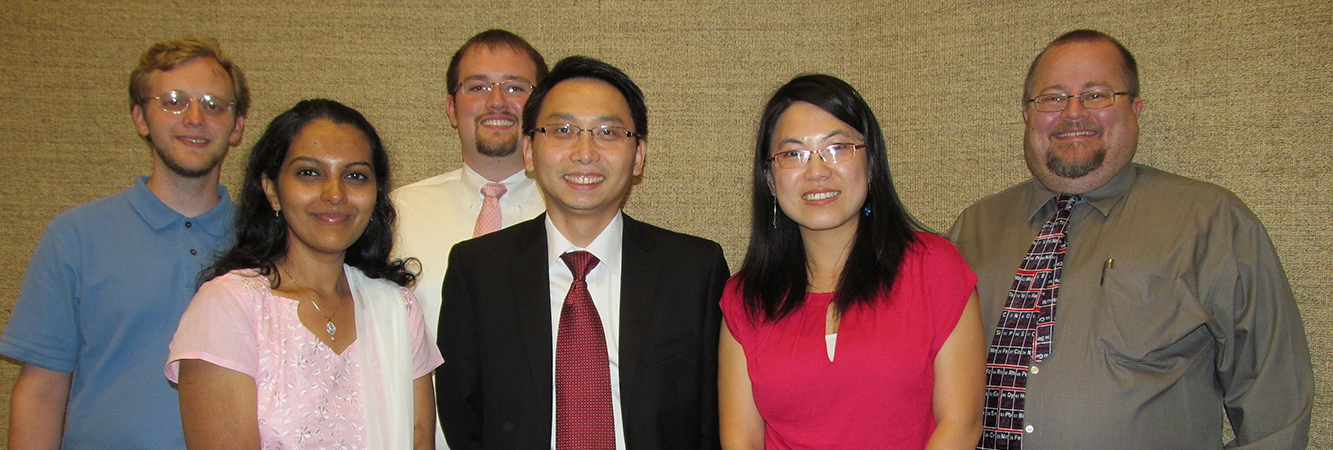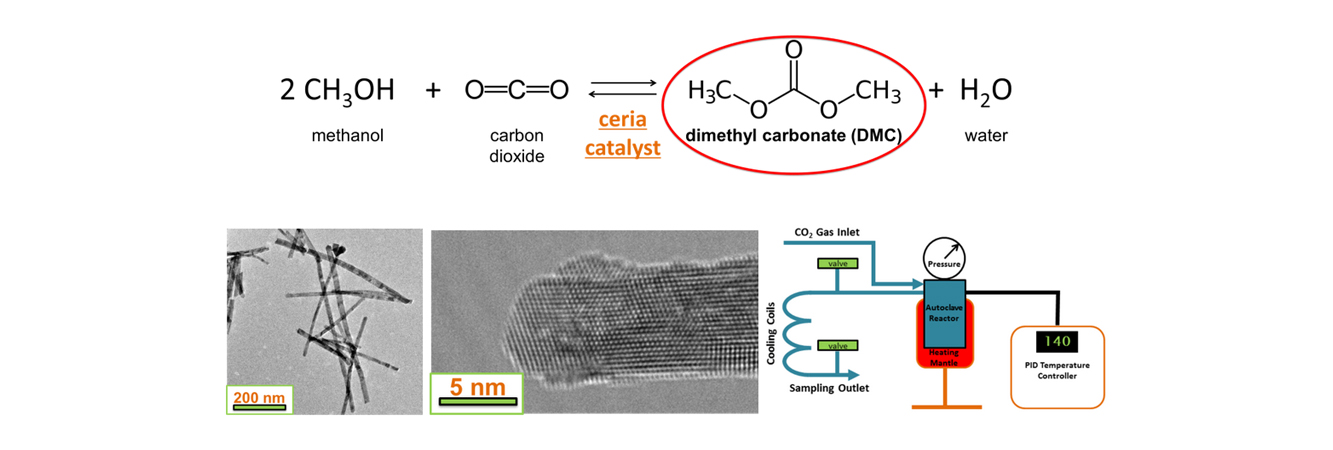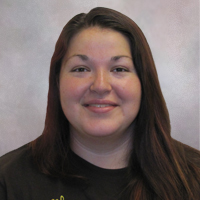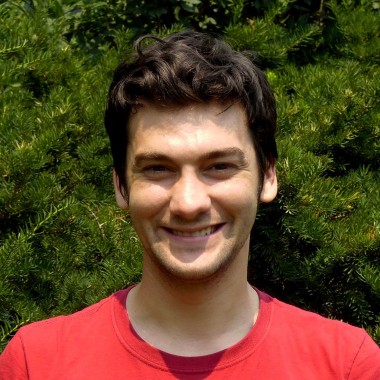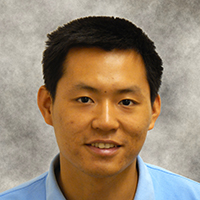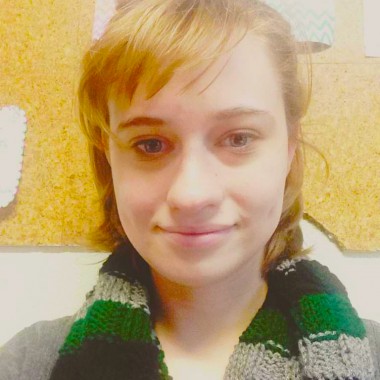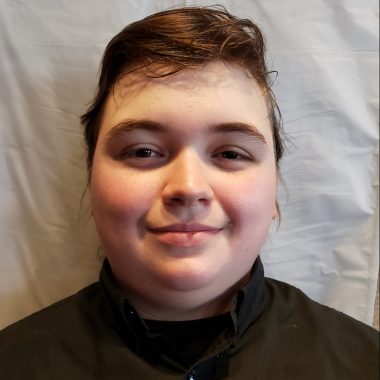Our research focuses on three important areas of nanoscale chemistry:
- The design and synthesis of novel nanomaterials by abstracting the efficient designs from nature
- The study of biological macromolecules at the nanoscale using methods of nanotechnology
- The development of new analytical devices via biomimetical approach with nanomaterials
Our research commitments are to advance the fundamental understanding of the self-assembly processes in nature and to exploit these processes to design and synthesize hierarchical nanostructures with novel physical and chemical properties. Our highly interdisciplinary research is supported by the excellent facilities and collaborative environment of the University of Nebraska system.
Research positions
Undergraduate research opportunities: We are looking for chemistry, engineering or physics UNL undergraduates interested in doing nanoscience experiments that require thinking “out of the box” approaches. For detailed information, please check out the UNL UCARE program.
Graduate research assistant positions: We are looking for students enthusiastic about investigating nanomaterials synthesis mechanisms using tools of nanotechnology and their applications towards catalysis. Please send inquiries to Professor Barry Chin Li Cheung, Department of Chemistry, University of Nebraska-Lincoln. E-mail: ccheung2@unl.edu
